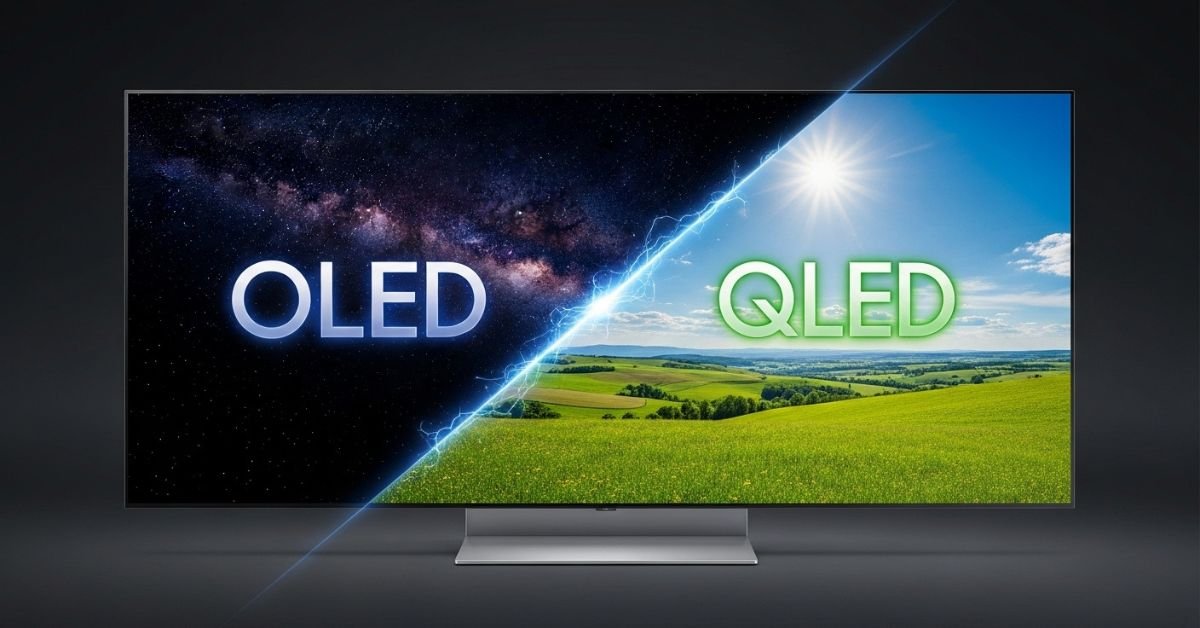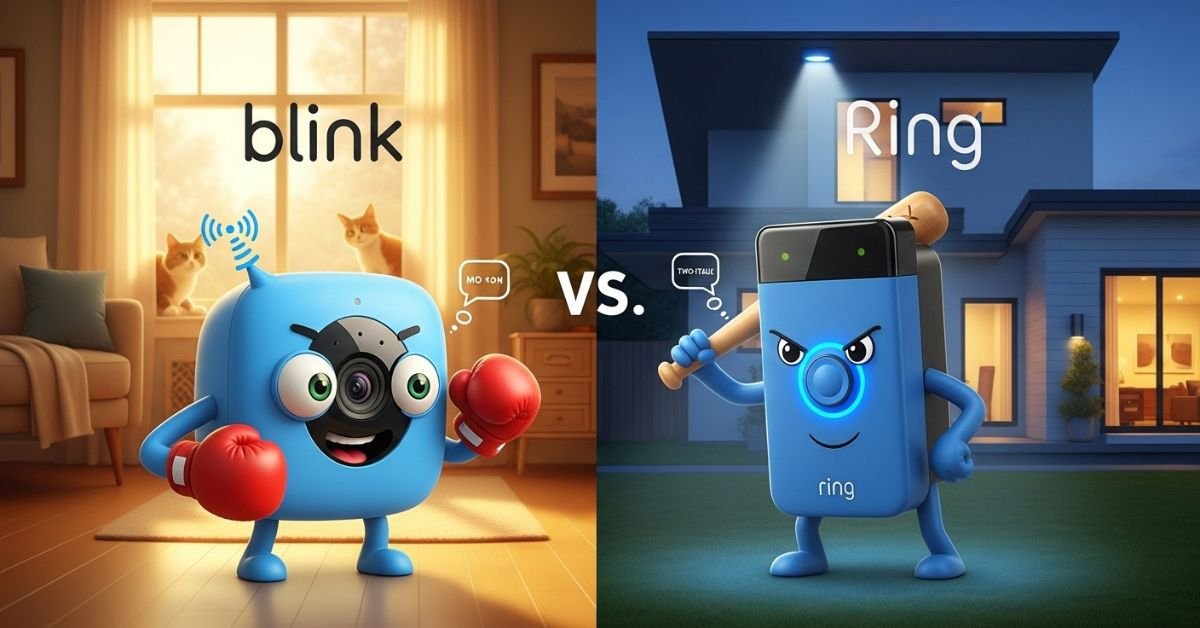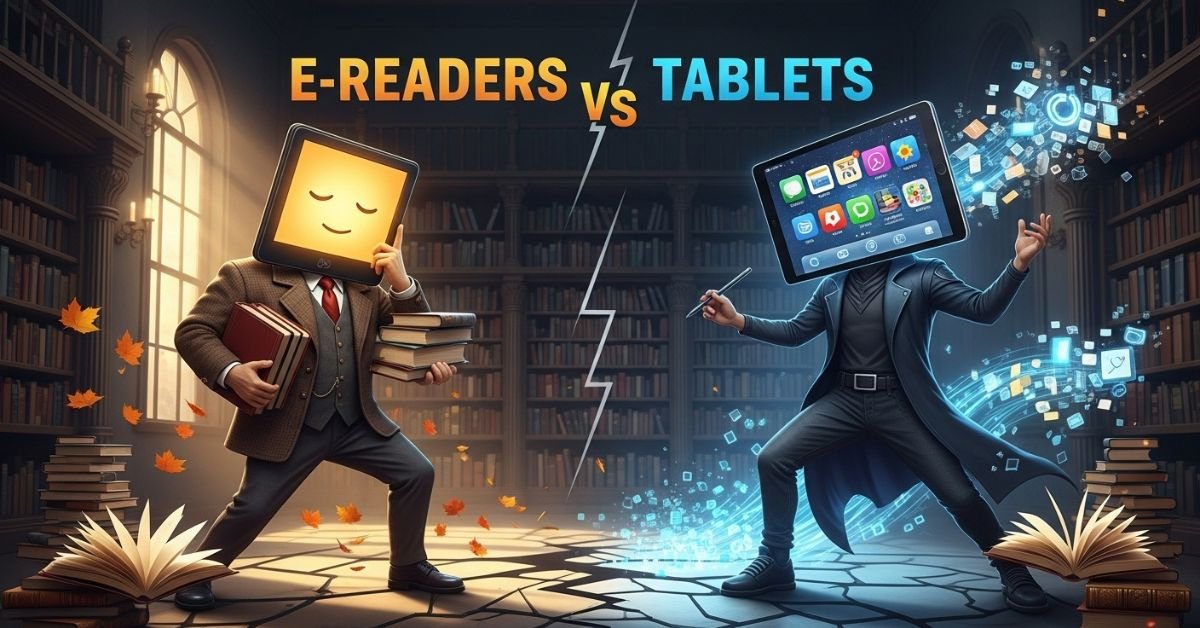Contents
- 1 Introduction to OLED and QLED technology
- 2 Key Differences between OLED and QLED
- 3 Image Quality Comparison
- 4 Energy Efficiency and Durability Comparison
- 5 Viewing Angles and Brightness Comparison
- 6 Price Comparison
- 7 Which Technology is Best for Your Home Entertainment Setup?
- 8 Potential Future Developments in OLED and QLED Technology
- 9 Conclusion
Introduction to OLED and QLED technology
When it comes to home entertainment, choosing the right TV technology can feel like a daunting task. With so many options available, two names often rise above the rest: OLED and QLED. Both promise stunning visuals and immersive experiences, but how do they really stack up against each other?
Picture this: you’re settling in for movie night—your favorite film queued up and snacks at the ready. The last thing you want is to be distracted by poor picture quality or colors that just don’t pop. That’s where OLED and QLED come into play. Each technology brings unique strengths to your viewing experience.
So which one will transform your living room into a cinematic paradise? Let’s dive deeper into these technologies and discover what makes them tick!
Key Differences between OLED and QLED
OLED and QLED represent two distinct approaches to display technology. OLED stands for Organic Light Emitting Diode, while QLED refers to Quantum Dot LED. The core difference lies in how they produce images.
OLED displays use self-emissive pixels, meaning each pixel generates its own light. This allows for deeper blacks and vibrant colors since pixels can turn off completely when displaying dark scenes.
QLED televisions utilize a backlight along with quantum dots to enhance color accuracy and brightness. While they excel in producing bright images even in well-lit rooms, their black levels may not match the deep contrasts offered by OLED.
Another significant aspect is lifespan. OLEDs may face issues like burn-in over time due to static images lingering too long on screen, whereas QLEDs generally boast longer durability without such concerns. Each technology has unique strengths tailored for different viewing preferences and environments.
Image Quality Comparison
When it comes to image quality, OLED and QLED are often at the forefront of discussions. Each technology has its strengths that cater to different viewing preferences.
OLED panels deliver stunning contrast ratios with deep blacks. Since each pixel emits its own light, there’s no backlight bleed. This results in a cinematic experience full of vibrant colors and exceptional detail in dark scenes.
On the other hand, QLED shines bright. Utilizing quantum dots enhances color accuracy and brightness levels significantly compared to traditional LED displays. This makes QLED ideal for well-lit rooms where ambient light can wash out darker images.
In fast-paced action scenes or sports broadcasts, both technologies perform admirably. Colors remain rich, and motion clarity is impressive across the board. However, viewers who prioritize darkness might lean towards OLED for those deeper shades.
Personal preference plays a massive role as consumers weigh these unique visual qualities against their specific viewing environments.
Energy Efficiency and Durability Comparison
When it comes to energy efficiency, OLED and QLED technologies offer distinct advantages. OLED panels shine with their ability to turn off individual pixels, resulting in deeper blacks and less power consumption when displaying darker scenes. This feature can lead to lower electricity bills over time.
On the other hand, QLED TVs utilize an LED backlight that remains on even for black portions of the image. While they may use more energy overall, advancements in technology have improved their efficiency significantly.
Durability is another important factor. OLED screens can suffer from burn-in if static images are displayed for long periods. This makes them somewhat vulnerable for users who watch content with fixed logos or elements frequently.
QLED displays boast a longer lifespan thanks to their robust panel structure and resistance to burn-in issues, making them suitable for diverse viewing habits without fear of damage over time.
Viewing Angles and Brightness Comparison
Viewing angles are crucial for an immersive experience, especially in larger rooms. OLED technology excels here. Each pixel emits its own light and color, resulting in vibrant images even from the side. You can enjoy a movie with friends without sacrificing picture quality.
QLED, on the other hand, relies on a backlight filtered through quantum dots. While it offers impressive brightness levels, colors may wash out when viewed from extreme angles. This limitation can affect group viewing situations.
Brightness is where QLED shines brightly—literally. It generally achieves higher peak brightness than OLED displays. This makes it suitable for well-lit environments where sunlight might compete with your screen’s glow.
Yet, OLED handles darker scenes better due to its ability to turn off individual pixels completely. In dim settings, this creates stunning contrast that grabs attention and pulls viewers into the content like no other technology can achieve.
Price Comparison
When it comes to price, OLED and QLED televisions can vary significantly. Generally speaking, OLED models tend to be on the higher end of the spectrum. Their advanced technology offers stunning picture quality that often justifies the cost.
On the other hand, QLED TVs usually come at a more affordable price point. They provide excellent brightness and color performance without breaking the bank. For budget-conscious consumers, this makes QLED an attractive option.
However, prices for both technologies are gradually shifting as production costs change and competition heats up. Discounts during seasonal sales or promotional events can also make a significant difference in what you pay for either type of TV.
Your choice may depend not only on features but also on how much you’re willing to invest in your home entertainment experience.
Which Technology is Best for Your Home Entertainment Setup?
Choosing between OLED and QLED for your home entertainment setup hinges on personal preferences and viewing habits.
If you love vibrant colors and deep blacks, OLED might be your best bet. Its self-emissive technology allows each pixel to turn off completely, creating stunning contrast that enhances movie nights.
On the other hand, if you’re a fan of bright rooms or watching sports during the day, QLED shines in those scenarios. With its impressive brightness levels and excellent color accuracy in well-lit environments, it can deliver an engaging experience without losing detail.
Consider how much space you have as well. If you tend to watch from various angles or distances, evaluate which technology performs best based on where you’ll sit.
Think about what matters most to you—color performance or brightness—and let that guide your choice for an immersive home theater experience.
Potential Future Developments in OLED and QLED Technology
The future of OLED and QLED technology is brimming with potential. Innovations are on the horizon that could redefine the way we experience home entertainment.
For OLED, advancements in organic materials may lead to improved brightness and color accuracy. Researchers are exploring new compounds that enhance efficiency while reducing burn-in issues. This means longer-lasting displays without sacrificing quality.
On the QLED front, quantum dot technology continues to evolve. Future models may feature even tighter control over color reproduction, delivering stunning visuals across all viewing conditions. Enhanced backlighting techniques could further boost contrast ratios, elevating dark scenes dramatically.
Moreover, both technologies might increasingly integrate AI for upscaling content and optimizing performance based on viewer preferences. As smart TVs become more intelligent, they’ll learn from us—adapting settings automatically for an unparalleled viewing experience.
As manufacturers invest heavily in research and development, consumers can expect exciting breakthroughs in display capabilities soon.
Conclusion
When it comes to choosing between OLED and QLED for your home entertainment, both technologies have their strengths. OLED offers exceptional contrast and color accuracy, thanks to its individual pixel illumination. This results in deep blacks and vibrant colors that can truly immerse viewers into the content.
On the other hand, QLED shines with its brightness levels and longevity. It excels in well-lit rooms where vivid images are essential. If you prioritize watching sports or playing video games during the day, this might be a more suitable option.
Your decision may ultimately depend on personal preferences and how you use your TV. Consider factors such as viewing habits, room lighting conditions, and budget constraints before making an investment. As technology continues to advance, keeping an eye on future developments in both OLED and QLED will help ensure that you’re choosing a display that meets your needs today—and tomorrow.
Whether leaning towards one technology or another should reflect what enhances your viewing experience most effectively at home.



